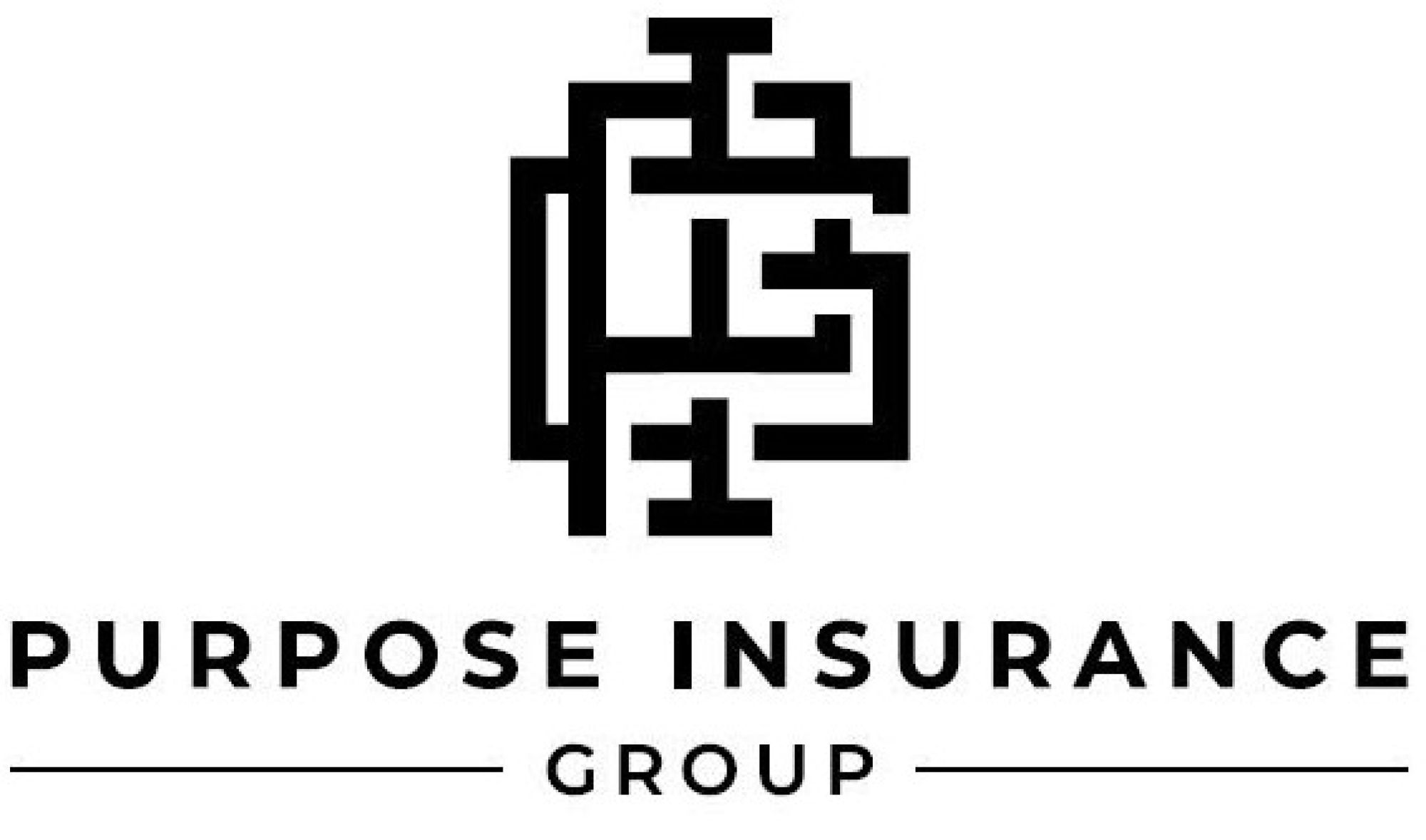Get This Report on Pacific Prime
Table of ContentsRumored Buzz on Pacific PrimeThe Definitive Guide to Pacific PrimeThe Facts About Pacific Prime UncoveredPacific Prime Fundamentals ExplainedTop Guidelines Of Pacific Prime

This is because the data were gathered for a duration of strong economic efficiency. Of the estimated 42 million individuals who were uninsured, almost about 420,000 (regarding 1 percent) were under 65 years old, the age at which most Americans end up being eligible for Medicare; 32 million were grownups between ages 18 and 65, about 19 percent of all grownups in this age; and 10 million were youngsters under 18 years of age, about 13.9 percent of all kids (Mills, 2000).
These quotes of the variety of individuals uninsured are produced from the annual March Supplement to the Present Populace Study (CPS), conducted by the Demographics Bureau. Unless or else noted, national price quotes of people without health insurance and proportions of the population with different kinds of protection are based on the CPS, the most commonly utilized source of estimates of insurance coverage and uninsurance prices.
The smart Trick of Pacific Prime That Nobody is Discussing

Still, the CPS is especially beneficial because it generates annual estimates relatively rapidly, reporting the previous year's insurance coverage estimates each September, and since it is the basis for a constant collection of price quotes for greater than two decades, permitting for evaluation of patterns in protection with time. For these factors, in addition to the comprehensive use the CPS in various other studies of insurance policy coverage that exist in this record, we count on CPS quotes, with constraints kept in mind.

The quote of the number of without insurance people increases when a population's insurance policy condition is tracked for numerous years. Over a three-year period starting early in 1993, 72 million individuals, 29 percent of the U.S. https://www.find-us-here.com/businesses/Pacific-Prime-Agoura-Hills-California-USA/34031837/. populace, were without coverage for a minimum of one month. Within a single year (1994 ), 53 million individuals experienced at least a month without protection (Bennefield, 1998a)
Six out of every 10 uninsured adults are themselves utilized. Although functioning does boost the likelihood that and one's member of the family will have insurance policy, it is not a guarantee. Even participants of households with two permanent wage income earners have nearly a one-in-ten opportunity of being without insurance (9.1 percent uninsured rate) (Hoffman and Pohl, 2000).
Pacific Prime Can Be Fun For Anyone
New immigrants account for a substantial proportion of people without wellness insurance policy. One evaluation has actually connected a significant section of the current growth in the dimension of the U.S. without insurance populace to immigrants who showed up in the nation in between 1994 and 1998 (Camarota and Edwards, 2000). Recent immigrants (those that came to the United States within the previous four years) do have a high rate of being uninsured (46 percent), yet they and their children make up just 6 percent of those without insurance policy across the country (Holahan et al., 2001).
The relationship between medical insurance and access to care is well established, as recorded later in this phase. The connection in between health insurance coverage and wellness outcomes is neither direct nor simple, an extensive scientific and health services research literature web links wellness insurance protection to enhanced accessibility to care, better top quality, and enhanced personal and population health condition.
Levels of analysis for examining the results of uninsurance. This discussion of health and wellness insurance policy protection focuses mostly on the united state populace under age 65 because essentially all Americans 65 and older have Medicare or other public coverage. Furthermore, it concentrates especially on those without any kind of health and wellness insurance for any kind of length of time.
How Pacific Prime can Save You Time, Stress, and Money.
The troubles encountered by the underinsured are in some areas similar to those encountered by the uninsured, try this although they are generally much less serious. group insurance plans. Uninsurance and underinsurance, nevertheless, entail clearly different plan problems, and the methods for resolving them may vary. Throughout this research study and the 5 reports to follow, the major focus is on persons without health insurance and thus no help in paying for health and wellness care past what is readily available through charity and safeguard institutions
Wellness insurance policy is an effective element influencing invoice of care since both people and doctors react to the out-of-pocket cost of services - http://go.bubbl.us/e0d727/3ee9?/New-Mind-Map. Medical insurance, nonetheless, is neither required neither adequate to gain access to medical services. The independent and direct result of health and wellness insurance policy protection on access to wellness services is well developed.
Others will certainly obtain the health care they require also without health and wellness insurance coverage, by spending for it out of pocket or seeking it from companies who provide care cost-free or at extremely subsidized prices. For still others, medical insurance alone does not ensure invoice of treatment since of other nonfinancial obstacles, such as an absence of health care providers in their neighborhood, limited access to transportation, illiteracy, or linguistic and cultural distinctions.
The 15-Second Trick For Pacific Prime
Official research study concerning without insurance populations in the United States dates to the late 1920s and very early 1930s when the Committee on the Expense of Healthcare generated a series of reports regarding funding physician office sees and hospitalizations. This problem ended up being significant as the numbers of clinically indigent climbed up throughout the Great Depression.